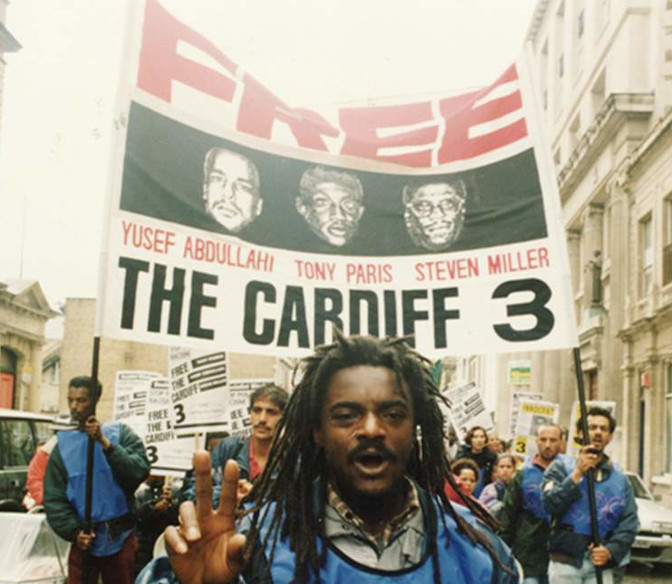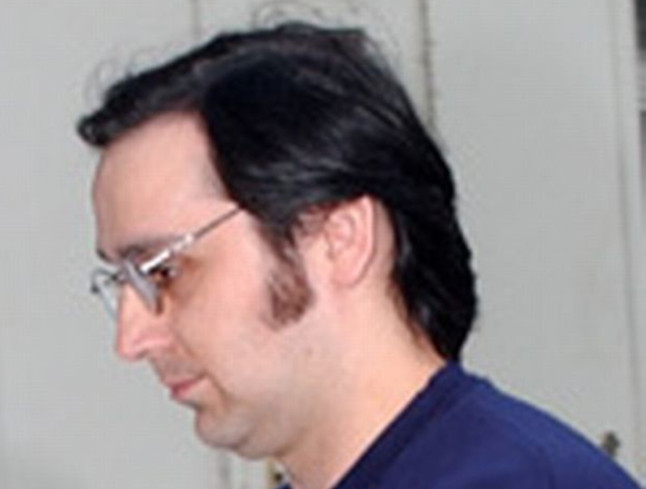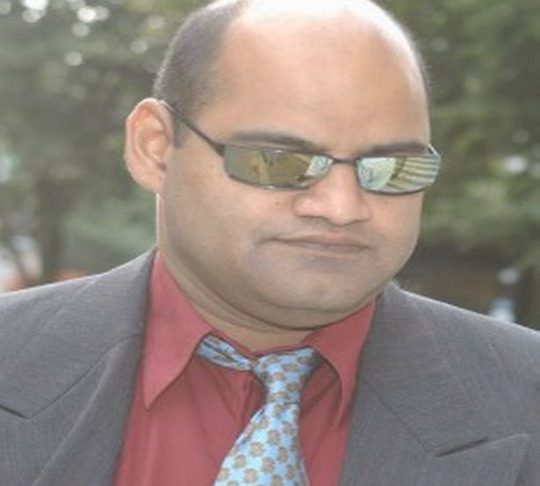
Insults and Injuries
March 30, 2025
The Wrong Victims?
March 30, 2025By Satish Sekar © Satish Sekar (March 30th 2025)
The Purpose of Lynette’s Law – Vindication Cases
Frustrated, appalled even, by the lack of will to use the law to protect women – in this case, extremely vulnerable people, such as sex-workers, from excessively violent clients (punters) despite the laws to do so, it appears that further protection is required that obliges the law to be used to protect people or at least, punish them adequately. The powers to punish adequately are there, but for some reason I cannot comprehend, they are not being used.
Judges refuse to use the power of setting adequate tariffs through aggravating factors to ensure that tariffs fit the crime.
The Lynette White Inquiry was just the first murder inquiry in the DNA age where the innocence of those originally accused was proved beyond any credible doubt by the conviction of the real murderer. This has occurred in manslaughter cases and also of diminished responsibility – there is also one where the victim of the miscarriage of justice, Sean Hodgson, has to all intents and purposes been vindicated, but he never had a chance of seeing the real perpetrator convicted.
Hodgson, now deceased, served almost three decades in prison for the 1979 murder of Teresa de Simone, before he was freed on appeal in 2009 after DNA testing proved that crime-scene samples had not been shed by him. David Lace, who had confessed to de Simone’s murder soon after Hodgson’s conviction – committed suicide in December 1988. Hodgson had also confessed – in his case, numerous times, but Hodgson was extremely unreliable which was later proved conclusively by the DNA testing. Hodgson died in 2012.
In 1983 David Lace confessed to the murder of Teresa de Simone – this was after Hodgson had been convicted – but he was not believed and Hodgson remained in prison for just over a quarter of century more. Near the turn of the millennium a new DNA testing was developed, but Hodgson’s lawyers were told that there was nothing to test. Eventually, DNA to test was found at a testing laboratory. It not only showed that there was no match to Hodgson, but after exhumation – Lace committed suicide in December 1988 – that the DNA matched Lace.
This does not conclusively vindicate Hodgson in the conventional sense as there can never be a trial and conviction of Lace. Police explained that had Lace been alive, he would have been investigated further and then – almost certainly – charged with the murder of de Simone. They believed that it was likely that he would have been convicted. They are not looking for anyone else in connection with the murder of Teresa de Simone.
Lynette’s Law – Long Overdue
Astonishingly, despite several opportunities to do so, none of the judges in the vindication cases bar one has accepted that allowing the innocent to be wrongly accused or even wrongly convicted should be treated as an aggravating factor, let alone one worthy of a significant increase in the tariff. The powers to do that existed in Schedule 21 of the Criminal Justice Act from its inception in 2003. Despite several amendments to it and its incorporation into the Sentencing Act of 2020 those powers still exist.
However, judges continue not to use them – only Mr Justice (Sir John) Royce has ever done so in the case of Jeffrey Gafoor. Nevertheless, even Royce failed to use his powers adequately. He thought – wrongly – that he was limited to just a third of the starting point for aggravating factors. In fact, Schedule 21 makes it clear that the judge can consider anything he or she likes as an aggravating factor as long as it played no part in setting the starting point and that the judge can impose any amount they want for that aggravating factor.
The powers to set tariffs that fit the crime clearly exist, but judges are not using them. The Sentencing Council describes itself as an independent, non-departmental public body. However, it stubbornly refuses to consider murder and the tariff system. Not once since its inception in 2010 has it made the slightest effort to review the tariff system and ensure that it is working as intended or assess whether judges would benefit from guidance. Nevertheless, this ‘public’ and ‘independent’ body claims that it must “consider the impact on victims of sentencing decisions” [its emphasis]. It is funded by the public through the Ministry of Justice through our taxes.
Given its refusal to discuss tariffs and the failures of the system, it appears to be part of the problem, not solution. There seems to be little option but to oblige judges to take these factors into account and that means changing the law.[1]
A Catalogue of Failures
Vindication is far from the only issue that has not been taken seriously by the criminal justice system and its representatives. Again, judges have the powers to consider the effect that the motive had upon the crime. After all, that can contribute to the seriousness of the crime – was it ‘exceptionally high’ or ‘particularly high’ or not? Can this be considered at all if the perpetrator has not provided a credible explanation of why he or she committed the crime?

Lynette White was the victim of what was then the most vicious sexually-motivated murder of its type in the early hours of St Valentine’s Day 1988. Jeffrey Gafoor slit her throat to the spine and stabbed her offensively at least 50 times. He clearly targeted her breasts – 25 of the stab wounds were in that area of her body.
However, Gafoor never explained why he murdered Lynette, at least credibly. The closest he came was through his then QC, John Charles Rees. It was said on Gafoor’s behalf that he simply lost his temper after Lynette refused to return the £30.00 that he had given her for sex when he demanded unprotected sex and she refused both unprotected sex and to return the money.
According to Gafoor’s account, he pulled a knife that he carried on her, and stabbed her repeatedly over that. Really? Who believes that was the real reason that he committed such an atrocious and brutal crime? Whether it was believed or not, why was he never probed over it? How can the seriousness of that murder be assessed without knowing why it was committed? And how can the likelihood of the public being safe be considered without knowing why he committed that murder.
On any view, all of the victims of this case have been failed miserably – repeatedly.
[1] For further information, see my book Bad Form: How Tariffs Protect the Guilty and Punish the Innocent, which will be published later this year. Another book The Parole Fiasco will be published later and deals with related issues.




